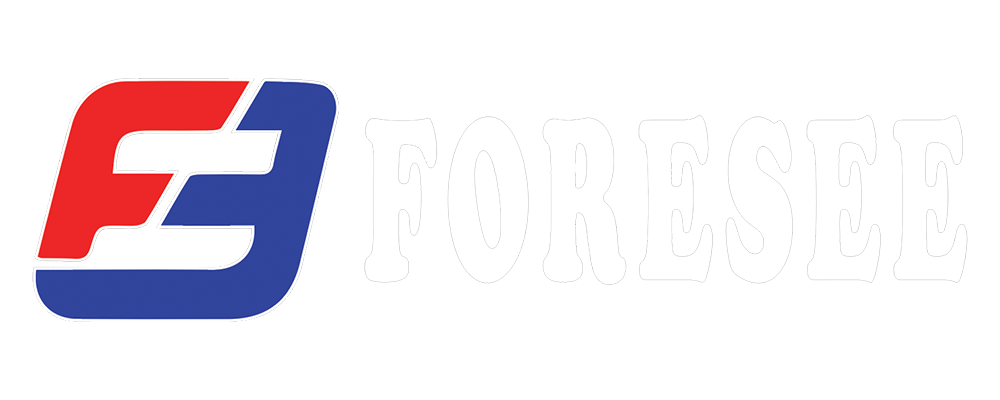Bauer couplings are a versatile and widely used type of coupling system designed for connecting large-diameter (generally 4" or above) hoses in various fluid transfer applications. Renowned for their robustness, ease of use, and secure connection, Bauer couplings play a vital role in industries such as agriculture, irrigation, construction, and firefighting. These couplings are named after their inventor, Mr. Gustav Bauer, who developed the concept in the early 20th century.
Characterized by their distinctive ball-and-socket design, Bauer couplings consist of two main components: a male and a female part, each with a smooth, rounded end that resembles a socket. The male part features a ball-like projection that fits snugly into the socket of the female part, creating a reliable and watertight connection. This design allows for quick and straightforward assembly, making it an ideal choice for applications where rapid hose connections are essential.
Bauer couplings are particularly favored for their ability to handle high flow rates and maintain a secure seal under significant pressure. Their sturdy construction and compatibility with large-diameter hoses make them suitable for transferring liquids such as water, slurry, chemicals, and other fluids used in various industrial processes. Moreover, the simplicity of the Bauer coupling system contributes to its popularity, as it requires minimal tools or additional components for installation.
In this introduction to Bauer couplings, we will explore the key features, benefits, and applications of this coupling system. From agricultural irrigation to industrial fluid transport, Bauer couplings have proven their reliability and efficiency in a wide range of demanding scenarios, cementing their position as a go-to solution for connecting hoses and ensuring seamless fluid transfer.

Recent post